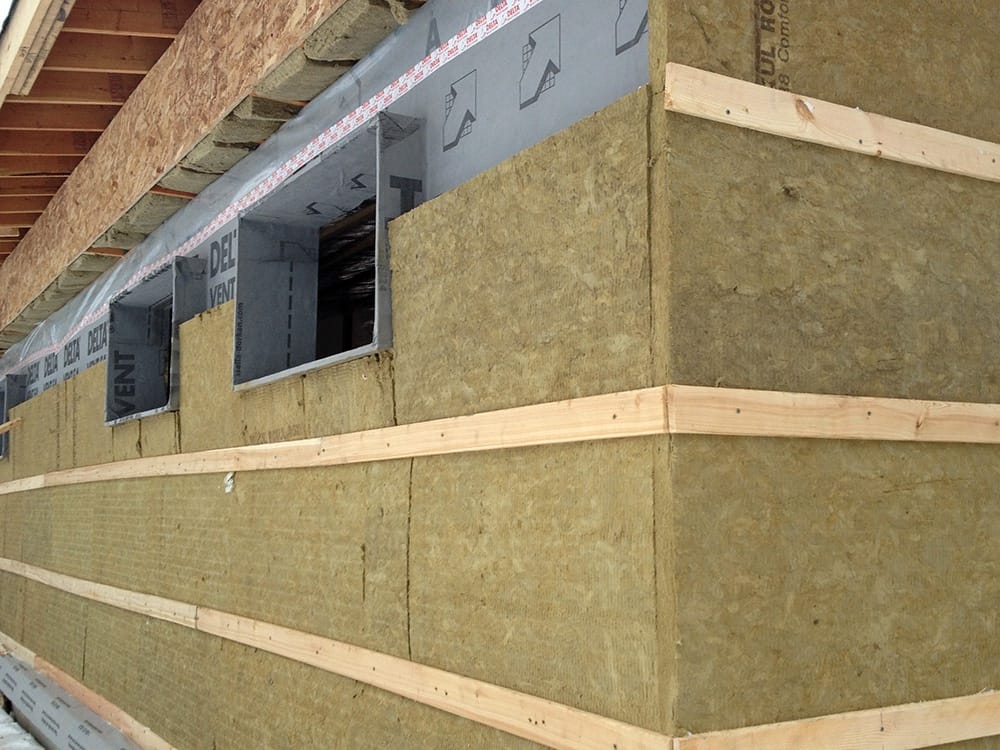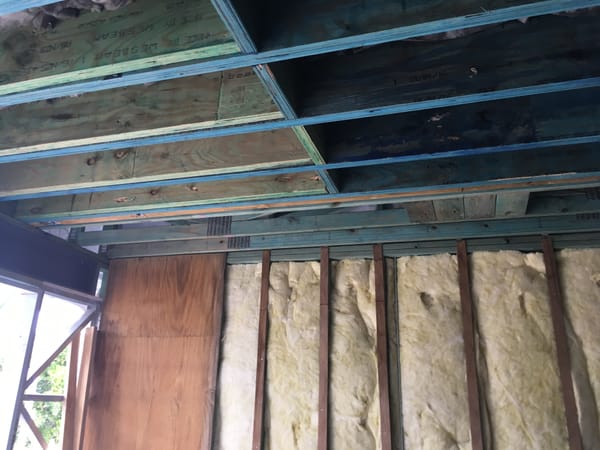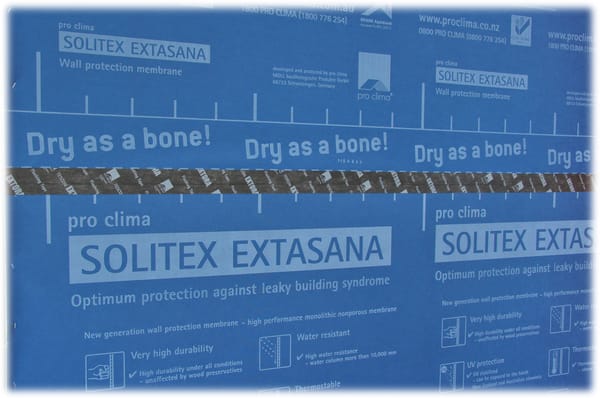Ever noticed how some homes just seem cosier and more comfortable than others? There’s a good chance it’s down to one simple factor - proper insulation. Bulk insulation is one of the easiest and most effective ways to transform your home into a haven of warmth and comfort. You’ve probably heard about cavity wall insulation and loft insulation, but bulk insulation takes it to the next level. It’s ideal for insulating large open areas in homes like ceiling spaces, walls, garages and sub floors. Bulk insulation, as the name suggests, comes in big rolls that can quickly and easily be unrolled to cover large spaces.
Once installed, bulk insulation can make a huge difference to the livability and energy efficiency of your home. You’ll notice the benefits instantly - reduced heating bills, fewer draughts, and a consistently comfortable temperature throughout the house. Your home will become a cosy sanctuary from the elements outside. If comfort and lower energy costs sound appealing, it’s well worth considering bulk insulation for your home. In just a short amount of time, it can transform how you experience your living spaces.
What Is Bulk Insulation?
Bulk insulation refers to loose-fill insulation that is installed after construction in the ceilings, walls or crawl space of a home. It comes in bags and is poured or blown-in to provide an effective thermal barrier. The most common types are cellulose, fibreglass and mineral wool.
Using bulk insulation is one of the best ways to improve the comfort and livability of your home. It helps reduce heating and cooling costs by preventing conditioned air from escaping, keeping your space well-insulated. Bulk insulation forms an effective seal around wires, pipes and the uneven surfaces of an ceiling space.
Compared to batts, rolls or boards, loose-fill insulation also fills the nooks and crannies, creating an efficient thermal envelope. It provides good coverage over irregular areas where other insulation types may be difficult to instal properly. The small particles adhere well to surfaces, staying in place for the long run.
Before using loose-fill bulk insulation, such as cellulose insulation, which is pumped into a ceiling space or wall cavity, it is important to note that over time, this type of insulation can cause unintended issues. The main issue it can create is that, once installed in a ceiling space, for example, the ceiling truss cords or ceiling joists shrink (due to reduced moisture content in the timber), creating a small gap between the gyprock ceiling sheet and the underside of the truss cord or ceiling joist. Over time, the small and lightweight loose-fill insulation migrates into these spaces. You only realize that this has become an issue when you see popped nails (ceiling fixings) and attempt to repair them. When you try to re-screw the ceiling sheet tightly to the truss cord or ceiling joist, it won't go back against the fixing member because the loose-fill insulation is pushing between the timber and the ceiling sheet.
Proper installation is key, so consider hiring a professional to apply bulk insulation, especially in confined spaces. They have the necessary equipment and experience to do it effectively and safely according to the manufacturer’s recommendations based on your climate zone.
With significant energy savings, improved temperature control and comfort, using bulk insulation in your home is well worth the investment. Your lower utility bills and cosier living environment will make you wonder why you didn’t do it sooner!
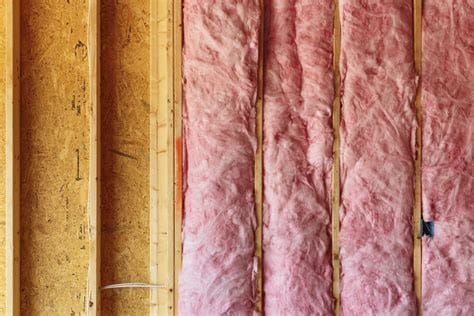
Types of Bulk Insulation Materials
When it comes to types of bulk insulation, you’ve got options. The two most common are fibreglass and cellulose.
Fibreglass
Fibreglass insulation is made from fine fibres of glass and is a popular choice. It’s available as loose fill, rolls, or batts. Loose fill and blown-in fibreglass are good for ceilings and tight spaces. Rolls and batts are pre-cut and can be installed between walls, floors and ceilings. Fibreglass is fire-resistant and helps reduce noise. The downside is it can irritate your skin and lungs, so wear proper protection when handling and installing it.
Rockwool
Rockwool bulk insulation, also known as mineral wool insulation, is a type of insulation material made from natural rock or minerals. It works by trapping air pockets within its fibrous structure, which helps to reduce heat transfer and improve thermal insulation. Rockwool insulation is commonly used in including residential and commercial buildings, as well as industrial settings. It is particularly beneficial as an alternative to fiberglass bulk insulation due to several reasons.
Firstly, Rockwool insulation has a higher density and is more rigid, making it resistant to sagging or settling over time. This ensures long-term effectiveness and minimizes the risk of gaps or voids in the insulation.
Secondly, Rockwool has excellent fire resistance properties, as it is non-combustible and can withstand high temperatures. This makes it a safer choice in terms of fire protection. Lastly, Rockwool insulation is also resistant to moisture, mold, and pests, contributing to a healthier indoor environment.
Cellulose
Cellulose is made from recycled paper and is a great eco-friendly option. Like fibreglass, it comes as loose fill or dense packs that can be blown into spaces. It’s a natural insulator that is fire-resistant and moisture-resistant. Cellulose reduces airflow and insulates well. The only drawback is it’s more dense than fibreglass so it may settle over time. It can also hold moisture if it gets wet, so it’s best in areas protected from water damage.
When deciding between fibreglass, cellulose or other options like foam board or spray foam, consider factors like cost, R-value, location, and installation method. Any of these bulk insulations will help make your home more comfortable and energy efficient, so you really can’t go wrong. And the planet will thank you for making the investment in an eco-friendly insulator.
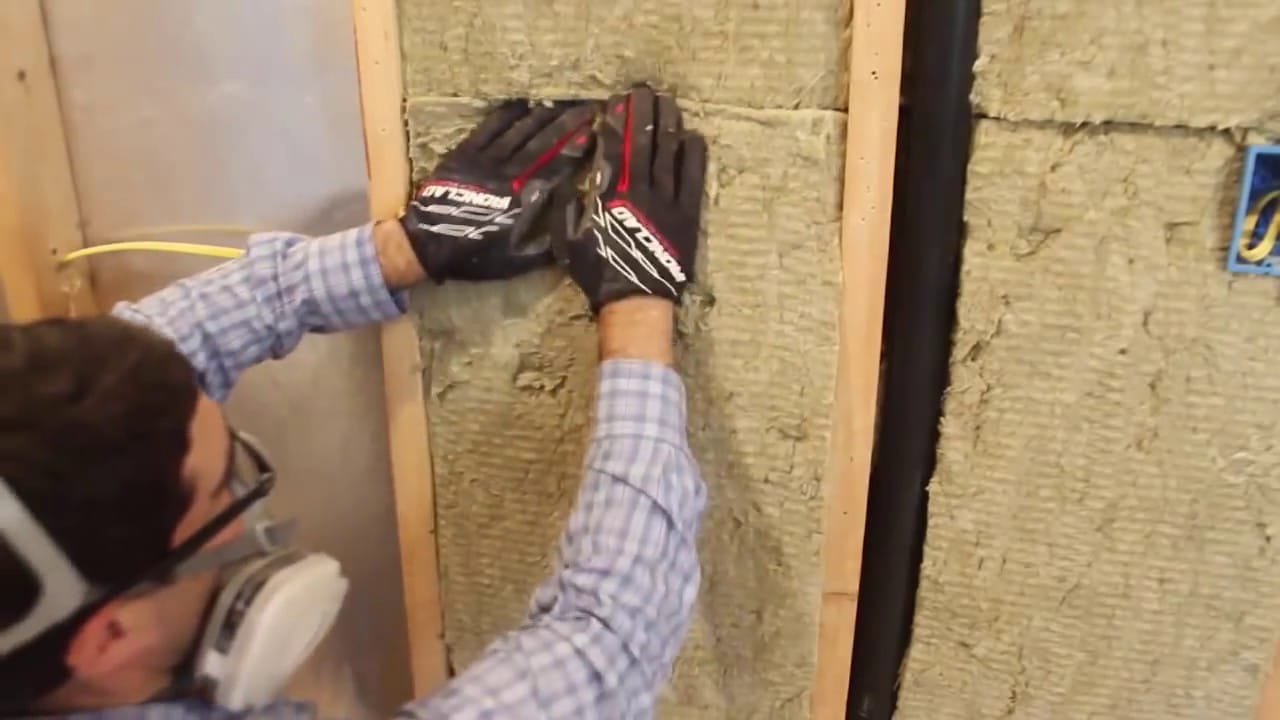
Top 5 Benefits of Using Bulk Insulation
Insulation Improves Energy Efficiency
Adding bulk insulation to your home is one of the best ways to improve its energy efficiency. Insulation works by trapping air in small pockets to reduce heat transfer. The more insulation you have, the less heat can escape in the winter or enter in the summer. This means your heating and cooling systems won’t have to work as hard to maintain a comfortable temperature in your home. The end result is lower energy bills and a smaller carbon footprint.
Increased Comfort Levels
With proper insulation, the temperature in your home will be more evenly distributed and stay at the level you set on the thermostat. There won’t be cold spots or drafty areas, and the overall ambient temperature will feel cosy and consistent in each room. Insulation also helps reduce outside noise from entering your home, making the interior quieter and more peaceful.
Protection From Weather Damage
Insulation protects the structure and components of your home from damage caused by extreme weather. It prevents heat and cold from warping or cracking walls, floors, pipes, and the foundation. Moisture and humidity are also less likely to build up and cause water damage or mould growth. With insulation, your home will stay in better condition for longer.
Higher Resale Value
Homes with adequate insulation tend to sell for higher prices than those without. Buyers recognise the benefits of lowered energy costs, consistent temperatures, reduced noise, and protection from weather damage. If you ever want to sell your home, investing in insulation now will pay off later.
Environmentally-Friendly
Insulation is a green, eco-friendly choice for your home. By lowering your energy usage, it reduces pollution and your carbon footprint. The materials used are also sustainable and renewable. Installing more insulation in homes across the country would have a significant positive impact on environmental conservation. Choosing insulation for your home helps you do your part to go green.
How Much Does Bulk Insulation Cost?
Bulk insulation refers to loose-fill insulation, like cellulose, fibreglass, or rock wool. Instead of being formed into mats, boards or blankets, these materials are installed in loose form. The price of bulk insulation can vary depending on the type and how much is needed for your home.
Cellulose is made from recycled paper and is a popular, affordable choice. It typically costs between $3.15 to $3.75 per square metre. Fibreglass is made from molten glass spun into fibres and can cost $6.00 to $9 per square metre. Rock wool, made from volcanic rock, is more expensive at $30 to $40 per square metre.
Cost Factors
Several factors determine the total cost to insulate your home with bulk insulation:
- Type of insulation. As mentioned, the specific material you choose impacts the price. Fibreglass and cellulose are typically the most budget-friendly options.
- Thickness. The thicker the insulation, the higher the R-value and the more it will cost to instal. Most homes use 90mm to 150mm of bulk insulation in the ceiling space
- Square metreage. The total area of your ceiling or any space needing insulation is the biggest cost factor. More square feet means more material and additional installation fees.
- Installation. If you hire a professional to blow in and properly distribute the bulk insulation, installation fees are typically around $3.00 to $4.50 per square metre. DIY installation will save on these costs but may reduce effectiveness.
- Additional barrier. For the best performance, bulk insulation should be installed along with an air barrier like house wrap. This additional step will increase the total project cost.
- Ventilation. Proper ceiling space ventilation improves the effectiveness of bulk insulation and can add $0.90 to $1.70 per square metre. Ridge and soffit vents are the most common types used.
In the end, you can expect to pay between $1200 to $3,000 to insulate a typical celiing with bulk insulation, depending on the factors above. While the initial investment may seem high, the energy savings and improved comfort in your home make it worth the cost.
How to Instal Bulk Insulation in Your Home
Installing bulk insulation in your ceiling is easier than you might think. With some basic DIY skills and the right protective gear, you can add this energy-efficient upgrade yourself.
Gather Your Supplies
You'll need bulk-fill insulation, like fibreglass or cellulose, a respirator mask, protective gloves, eye goggles, a utility knife, and a staple gun. For ceiling spaces, you may also want a vapour barrier.
Ensure Proper Ventilation
Before adding any insulation, make sure your ceiling space is properly ventilated. Good airflow prevents moisture buildup which can lead to mould and wood rot. Consider installing additional vents or fans if needed. Shifting some roof tiles, if you have them, is the fastest way to ventillate your ceiling space to make working temperaures bareably. It is not uncommon for the temperature in your ceiling space to exceed 50 degrees celcuis - far too hot to be working in without making mistakes or causing safety concerns
Add the Insulation
Wear your protective gear and start adding insulation between the ceiling joists or over the crawlspace floor (if one has been installed). For ceilings, the insulation should be evenly distributed and reach a depth of at least 6 to 9 inches for maximum efficiency.
Consider Additional Upgrades
While you're upgrading your ceiling space, it's a great time to also add features like:
- Access doors or pull-down ladders for easier entry
- Additional roof vents or fans to improve airflow
- Moisture barriers under the flooring
Adding bulk insulation to your ceiling e is an easy, cost-effective way to instantly improve the energy efficiency, comfort, and livability of your home. Your energy bills will start to decrease right away, and you'll notice a difference in how well your HVAC system maintains the temperature throughout the house.
Conclusion
Bulk insulation is an easy and affordable way to make your home more comfortable and energy efficient. Installing it in your ceiling, walls or subfloors can have a huge impact on your heating and cooling costs over the lifetime of your home.
The upfront investment will pay for itself many times over through lower utility bills and a more comfortable space to live in every day.
Check out your options for high-performance insulation and find a reputable contractor in your area to get started.


